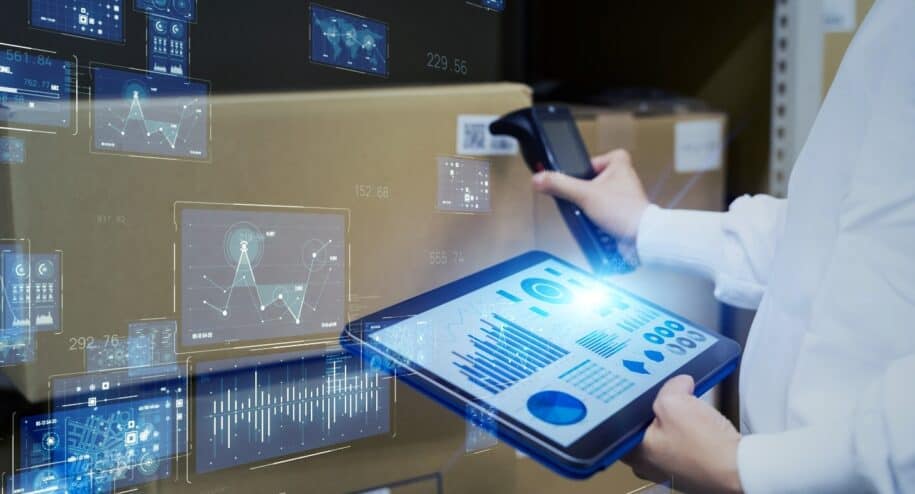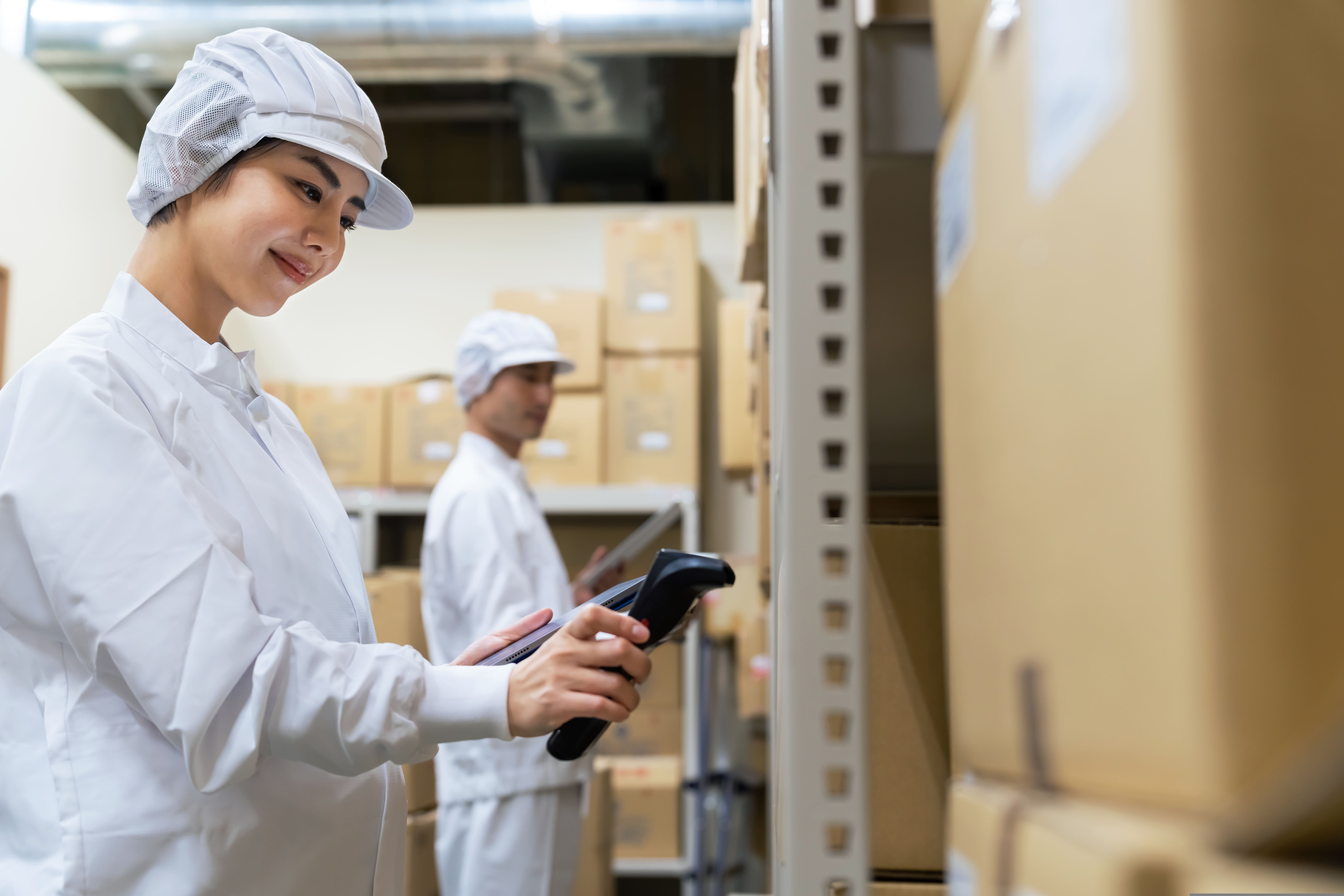RFID (Radio Frequency Identification) technology is a system for wirelessly reading electronically stored data and tracking tags attached to important objects (e.g., equipment, persons, chemical containers, etc.). Aside from the tags, the other component of RFID technology is the reader. This device receives signals from the RFID tags via the emission of radio waves and can be mobile (a handheld device) or positioned within a designated space. RFID tags and scanners can be applied in a laboratory setting to significantly aid laboratory managers and principal investigators (PI) with inventory and reconciliation tasks. When utilized for laboratory management, RFID tags and scanners can be implemented to streamline processes and improve overall efficiency. The following list details the ways that RFID technology can streamline the processes and improve the overall efficiency of laboratory management.
- Automated Inventory Management: Traditional inventory management is time-consuming and can be prone to errors (misplaced chemicals or equipment). RFID enables automated tracking of laboratory items equipped with RFID tags. Each tag contains a unique identifier that can be associated with specific chemicals, equipment, or supplies. As items move in and out of the lab, RFID readers automatically scan the tags, updating the location of the item within the inventory database in real time. This reduces the need for physical inventory counts and manual data entry.
- Real-Time Tracking: With RFID, laboratory managers have real-time visibility of inventory status. When transactions that take place are automatically updated in inventory levels, this leads to more efficient resource use and maintenance. Laboratory personnel can quickly access information about the location, quantity, and status of each item. This real-time tracking enhances inventory control and helps prevent the propensity to either overstock or run out of supplies before scheduled orders.
- Efficient Reconciliation: Reconciling inventory is an essential but often challenging task for laboratory managers to perform. As such, many facilities only perform inventory reconciliations once a year, though many transactions occur daily. RFID simplifies the reconciliation process by providing accurate and continuous data. Managers can easily compare the data from the RFID system with previous records, identifying any discrepancies quickly and efficiently.
- Enhanced Security and Access Control: RFID can be integrated into access control systems, ensuring that only authorized personnel can access specific areas or handle certain items. This enhances security and prevents unauthorized access to sensitive materials or equipment.
- Improved Regulatory Compliance: Laboratories often deal with hazardous materials and must comply with strict regulatory requirements. RFID enables better monitoring and control of hazardous substances, ensuring that they are stored, used, and disposed of correctly, thus facilitating compliance with safety regulations.
- Streamlined Audits: Audits are essential for ensuring that laboratory operations adhere to safety standards and regulatory requirements. RFID simplifies the audit process by providing accurate and comprehensive data on inventory levels and movements. This saves time and effort during audits and helps ensure that the laboratory remains compliant.
- Optimized Reordering: With real-time inventory information, laboratory managers can make data-driven decisions for reordering supplies. They can set up automatic alerts to notify them when certain items reach a specific low quantity threshold, streamlining the procurement process and preventing stockouts. Additionally, an approval process can be added to procurement. This means that chemicals or supplies that would put the laboratory inventory over a specified threshold would be automatically flagged by the system and a designated user would be sent a notification of the order to ensure that the lab does not exceed applicable regulatory limits.
- Integration with Chemical Management Systems: RFID technology can be integrated seamlessly with existing chemical management software, allowing for a comprehensive approach to data management. For example, many laboratories are utilizing RFID tags concurrently with barcodes to mark chemical containers and keep a more accurate track of chemical transactions.
RFID technology offers laboratory managers and PIs an efficient and accurate way to manage inventory and view, reconcile, and update data. Implementing RFID within existing management systems not only saves personnel time in maintaining laboratory information but also increases the value of safety protocols. By leveraging the capabilities, laboratory operations can be streamlined, ensuring better control over resources, enhanced security, and improved compliance with regulations.
AUTHOR BIO:-

Cary comes to the SafetyStratus team as the Vice President of Operations with almost 30 years of experience in several different industries. He began his career in the United States Navy’s nuclear power program. From there he transitioned into the public sector as an Environmental, Health & Safety Manager in the utility industry. After almost thirteen years, he transitioned into the construction sector as a Safety Director at a large, international construction company. Most recently he held the position of Manager of Professional Services at a safety software company, overseeing the customer success, implementation, and process consulting aspects of the services team.
At SafetyStratus, he is focused on helping achieve the company’s vision of “Saving lives and the environment by successfully integrating knowledgeable people, sustainable processes, and unparalleled technology”.



